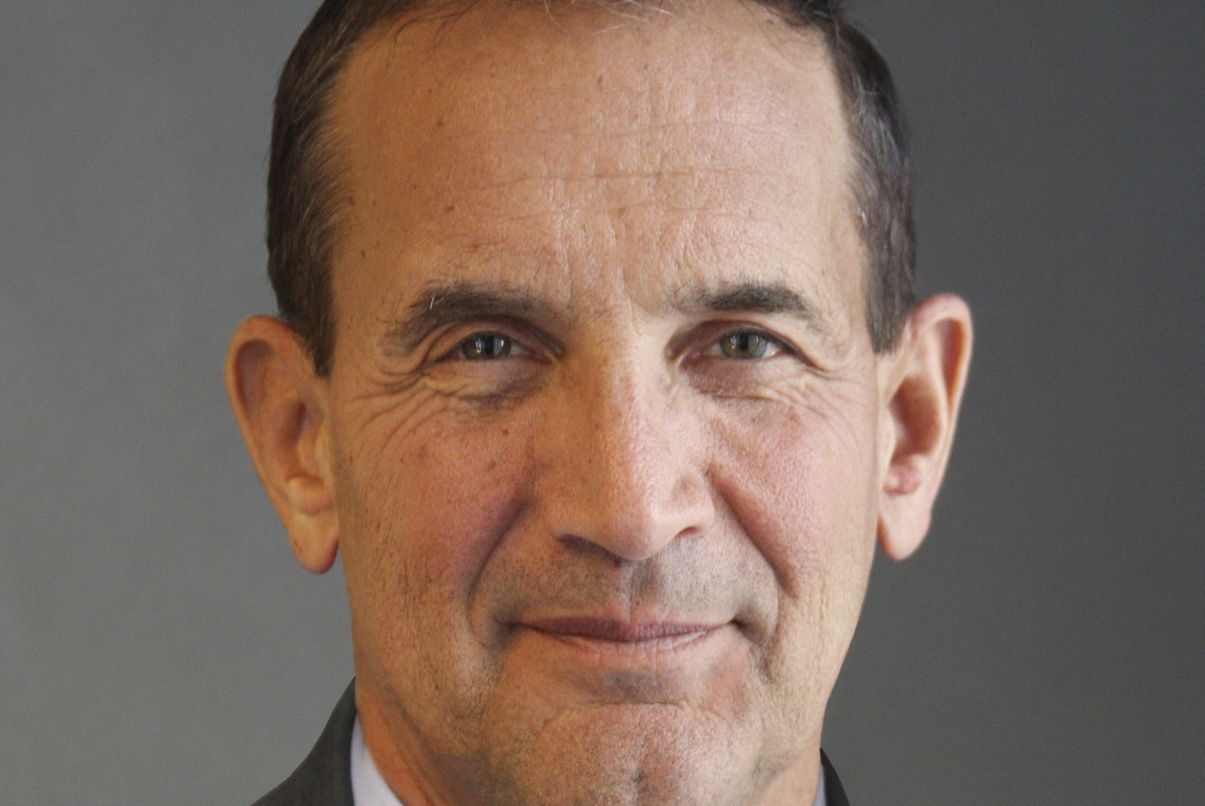With the first quarter of 2014 behind us, let’s consider where we stand now versus our outlook at the beginning of the year, when we were favoring the US equity market over other equity markets. And our outlook for fixed income was based on a bias toward higher interest rates — not a dramatic hike in rates, but a downward drift in bond prices across the board. So we were favoring credit and shorter maturities.
Among US stocks, we liked the technology sector, where we noted some exuberant pricing but found that the broad swath of tech companies were not trading at bubbly prices — and after the recent market selloff that remains a truism.
My thoughts early this year were that low energy prices and labor costs would persist, keeping the US manufacturing sector competitive. On the corporate side, we would see more spending on capital, or capex, to replace some of the longest-lived assets in history. And on the household side, more jobs in manufacturing would drive pent-up demand for housing and automobiles, helping to revive the construction sector and fuel the economy in general.
Then what happened?
January came along, and we got some poor results from the consumer, with the first inklings that bad weather was at least partly to blame. Then in February there were heavier snowstorms and weaker numbers out of the consumer and factory sectors. While the market grew concerned when job gains seemed to decelerate and hours worked fell, many — but not most — technology stocks reached very heady valuations.
I want to stress that the private sector is still growing at 3.3% to 3.4%, and that’s what really matters to investors
How do things look now in April, as we enter the second quarter of 2014? The numbers from March are starting to come in. US labor markets continue to heal, with nonfarm payrolls again exhibiting modest expansion including upward revisions to January and February. More important, we saw an uptick in the workweek — a figure that I emphasize. So even though the pay rate received by workers has remained flat, which has favored corporate profits, the growth in jobs and the longer workweek bias the total wage bill toward better consumption going forward.
My conclusion? Even after last year’s nearly 30% gain in the S&P 500 Index and this year’s turmoil in the technology sector and the broader markets, the story of the durable US expansion remains intact.
The bigger picture
How do we measure the US economy against what’s occurring in the rest of the world? Let’s go through US trading partners. Number one by percentage of US GDP is the Eurozone, which on the whole is showing better and faster growth. This may not be a V-shaped recovery, but jobs, factory orders and fiscal responsibility all look to be improving in Europe. Another big trading partner is Mexico, and the numbers there remain solid.
Moving across the Pacific to Japan, we saw growth ticking up after the yen was devalued, although some indicators seem to be slowing down right now as the value-added tax is kicking in. I would say the outlook there is a little more uncertain.
China stands out among emerging markets for its major role in the global economy, but it accounts for only 7% of total US exports — and that share is declining. With exports contributing about 12% of the US economy, China directly influences only about 1% of US GDP. I don’t see any near-term excitement coming out of the numbers from China.
What matters on the investment side
We expect the equity market to focus on fundamentals, and earnings season for the first quarter has just begun. S&P profits expanded in the last quarter of 2013, and so did margins. Based on a broader number including privately held as well as publicly traded companies, the profit share of GDP — or the percent of the economy going to capital — actually rose again last year, despite the many predictions that it would have to revert back to the mean. This is really important because we haven’t seen a recession since World War II when the profit share of GDP was rising.
Looking at interest rates, which matter to all financial markets, we’re getting to see the new Federal Reserve chair in action. Janet Yellen seems to be accommodative, though with a view that the US central bank eventually has to step aside and let the market determine longer-term rates. So we continue to expect a slow drift higher in long- and medium-term rates, while short-term rates are likely to remain contained, since she apparently has no intention of raising the target federal funds rate as long as US inflation persists on the low side.
So to sum up, despite all the gloom sellers on the news during the long, dark winter, it appears that a lot of the slowing in the first quarter was temporary. And even though now, in the bright light of spring, we’re seeing a dramatic selloff, we think that US real GDP will continue to expand at around 2¼% — the same moderate pace we’ve been witnessing throughout this whole cycle. Finally, I want to stress that the private sector is still growing at 3.3% to 3.4%, and that’s what really matters to investors.
Post originally published in James Swanson’s blog “On the Lookout“. James Swanson is Chief Investment Strategist at MFS Investment Management


